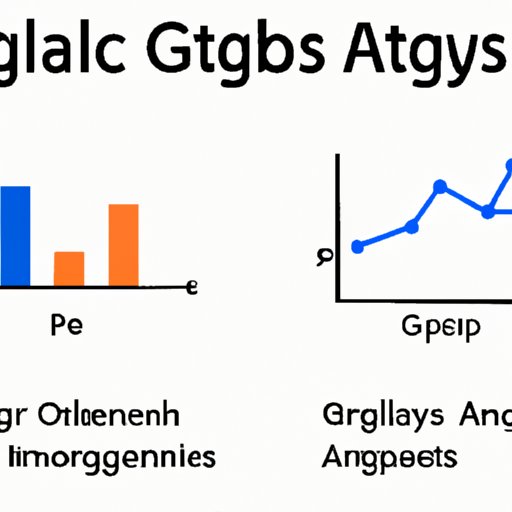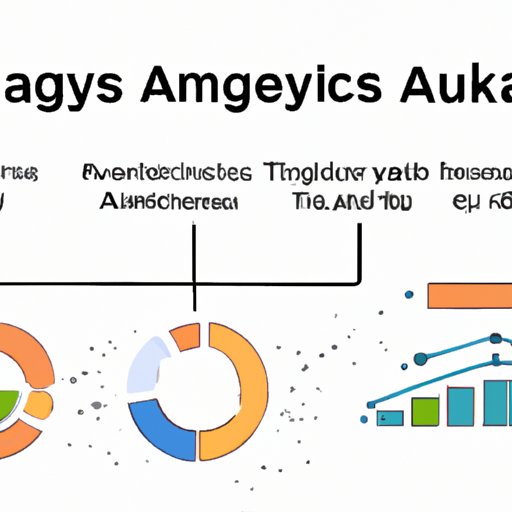
Introduction: Overview of Google Analytics Goals
Google Analytics is a powerful tool that can help you understand your site’s performance and user engagement. Among its many features, one of the most useful is goal tracking. With goals, you can set specific actions that you want website visitors to take and then track whether or not they are completed. This helps you measure the effectiveness of your website and optimize it for maximum impact.
Setting up goals in Google Analytics gives you access to a wealth of data about your website’s performance. You can see which pages are most popular, how users are navigating through your site, and which areas need improvement. You can also use goal tracking to identify high-value customers, assess user engagement, and measure the success of marketing campaigns.
Analyzing Your Site Goals Through Google Analytics
Once you’ve set up goals in Google Analytics, you can start analyzing their performance. The Goal Reports section of Google Analytics provides an overview of how your goals are performing. Here, you can view metrics such as goal completions, goal conversion rates, and total goal value.
You can also examine goal conversions to get a better understanding of how users are engaging with your site. For example, you can see which pages are driving the most conversions and which pages have the highest conversion rates. This will help you identify areas where you can improve user experience and increase conversions.
Finally, you can use goal reports to assess user engagement. By looking at the number of page views per session, time spent on each page, and bounce rate, you can gain valuable insights into how users are interacting with your website.

Creating Goals in Google Analytics to Track Performance
Once you’ve analyzed your website’s performance, you can start setting up goals in Google Analytics. This process involves defining a goal, assigning a value to it, and tracking it over time. To get started, you’ll need to create a goal in the Admin section of Google Analytics.
When setting up a goal, you’ll need to decide what type of goal you want to track. There are four types of goals in Google Analytics: destination, duration, pages/screens per session, and events. Each type of goal has its own set of criteria that must be met in order for it to be tracked properly.
Once you’ve chosen a goal type, you’ll need to give it a name and assign it a value. This value should reflect the importance of the goal to your business. You can also track multiple goals at once if needed.
Utilizing Goal Reports to Assess User Engagement
After setting up goals in Google Analytics, you can use the Goal Reports section to assess user engagement. This will help you understand your audience and determine which areas of your website need improvement. For example, you can use goal reports to determine which pages have the highest conversion rates and identify areas that could benefit from optimization.
You can also use goal reports to analyze conversion rates. This will help you assess the effectiveness of your website and identify any potential problems. Additionally, you can use goal reports to identify areas where users are dropping off and make changes to improve user experience.
Optimizing Your Goals with Segmentation
Segmentation is an important part of optimizing goals in Google Analytics. By segmenting your data, you can get a more detailed picture of user behavior and identify areas for improvement. With segmentation, you can apply different criteria to your data to get a better understanding of user engagement.
In Google Analytics, you can apply segments to goals to get a more accurate picture of how users are engaging with your website. You can also create custom segments to track specific user behaviors. Additionally, advanced segmentation techniques like cohort analysis can help you gain deeper insights into user behavior.

Setting Up Event Tracking Goals in Google Analytics
Event tracking is another way to track user behavior in Google Analytics. Events are any user actions that occur on your website, such as clicking a button, watching a video, or submitting a form. By setting up event tracking goals in Google Analytics, you can measure these actions and get a better understanding of user behavior.
To set up event tracking goals, you’ll first need to configure event tracking in the Admin section of Google Analytics. Then, you’ll need to set up goals to measure events. Finally, you can use the data from event tracking goals to assess user behavior and identify areas for improvement.
Integrating Goals with Other Google Services
Google Analytics goals can also be integrated with other Google services. For example, you can connect goals to AdWords to track the success of your campaigns. You can also link goals to Google Optimize to test different variations of your website and measure their performance. Additionally, you can sync goals with BigQuery to analyze large datasets and gain deeper insights into user behavior.

Conclusion: Summary of Key Points
Setting up goals in Google Analytics is a great way to track performance and user engagement on your website. Goals allow you to define specific actions that you want visitors to take and then measure whether or not they are completed. By analyzing goal reports, you can better understand your audience and identify areas for improvement. Additionally, by integrating goals with other Google services, you can get an even deeper insight into user behavior.
In summary, setting up goals in Google Analytics is an essential step in understanding your website’s performance and user engagement. By taking the time to create and optimize goals, you can gain valuable insights into your website’s performance and make informed decisions about how to improve it.
Resources for Further Learning
For more information about setting up goals in Google Analytics, check out the following resources:
- Google Analytics Help Center: Setting Up Goals
- LunaMetrics: An Introduction to Google Analytics Goals
-
(Note: Is this article not meeting your expectations? Do you have knowledge or insights to share? Unlock new opportunities and expand your reach by joining our authors team. Click Registration to join us and share your expertise with our readers.)
